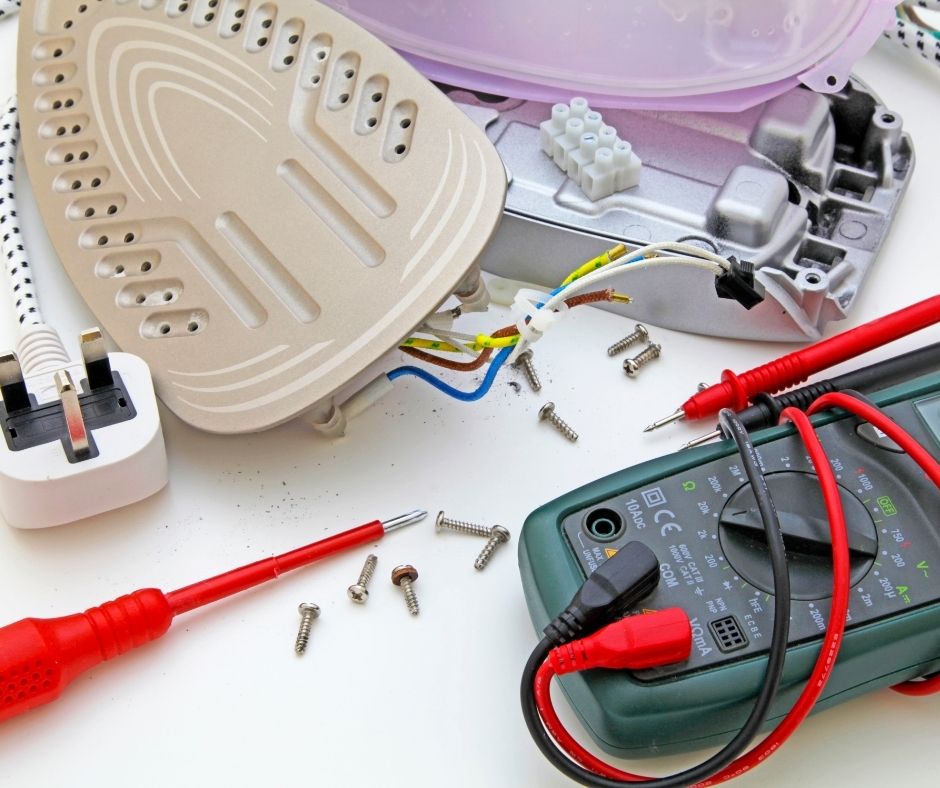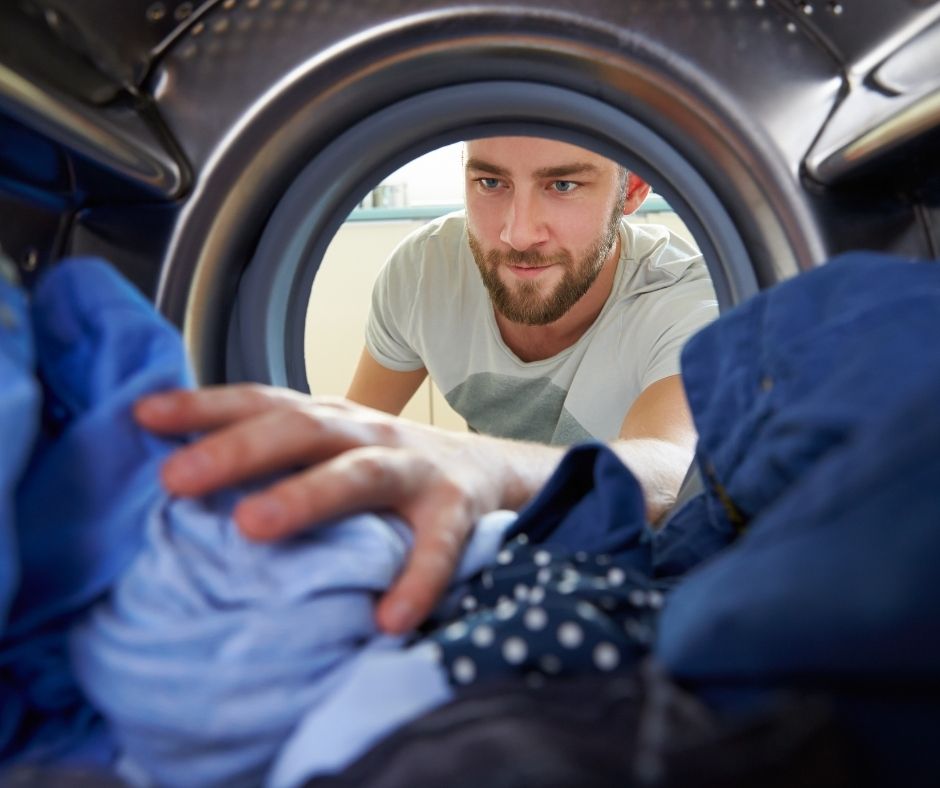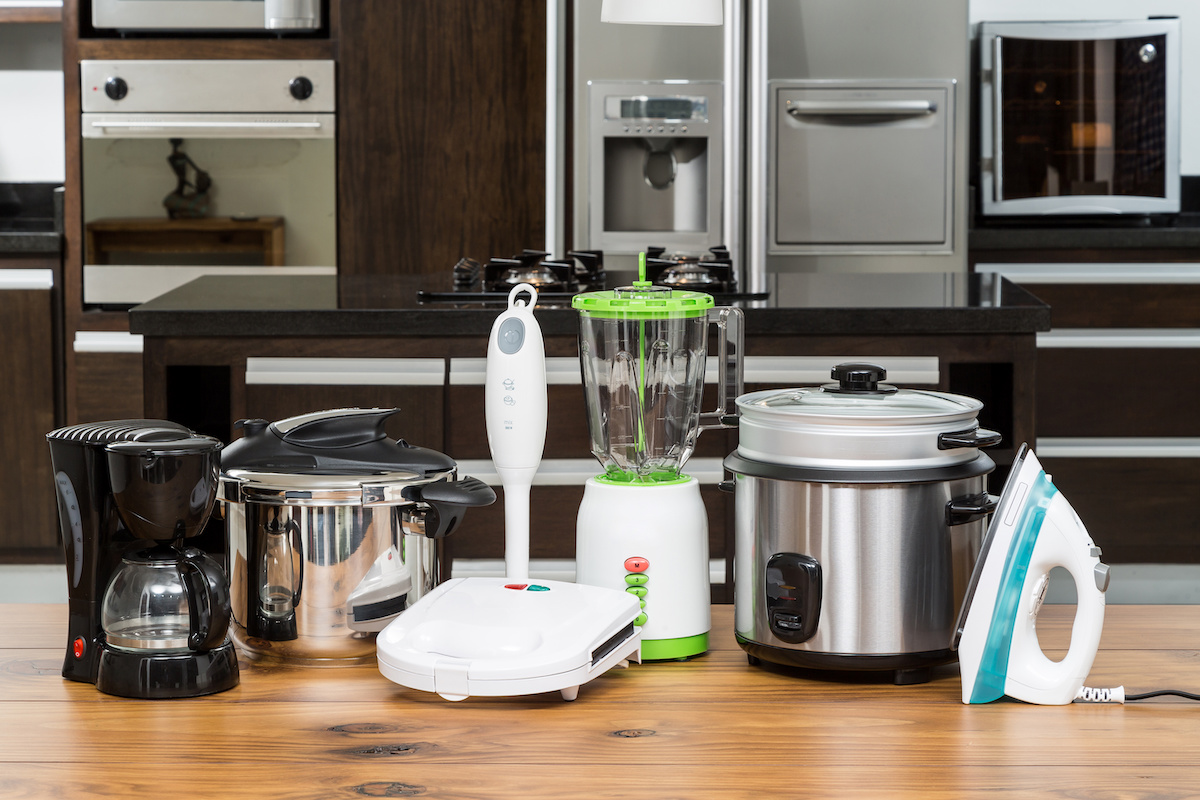
Simple Fixes for Everyday Appliances
No one likes when an appliance messes up; everyone wants a quick fix. But before you spend a lot of money trying to figure out appliance problems, Atlanta Appliance Services offers simple fixes for everyday appliances.
Everyday Appliances: Refrigerator & Freezer Repair
Having the most used appliance in your home go out is not an option. And we must consider that it is the appliance that constantly runs in your home. The good news is we have some tips that can help you get the simple parts you need to keep this family necessity running.
Then again, if you’d rather leave it to the professionals, we are happy to repair your refrigerator for you!
Caution– Ensure your appliance is unplugged before any freezer or refrigerator works.
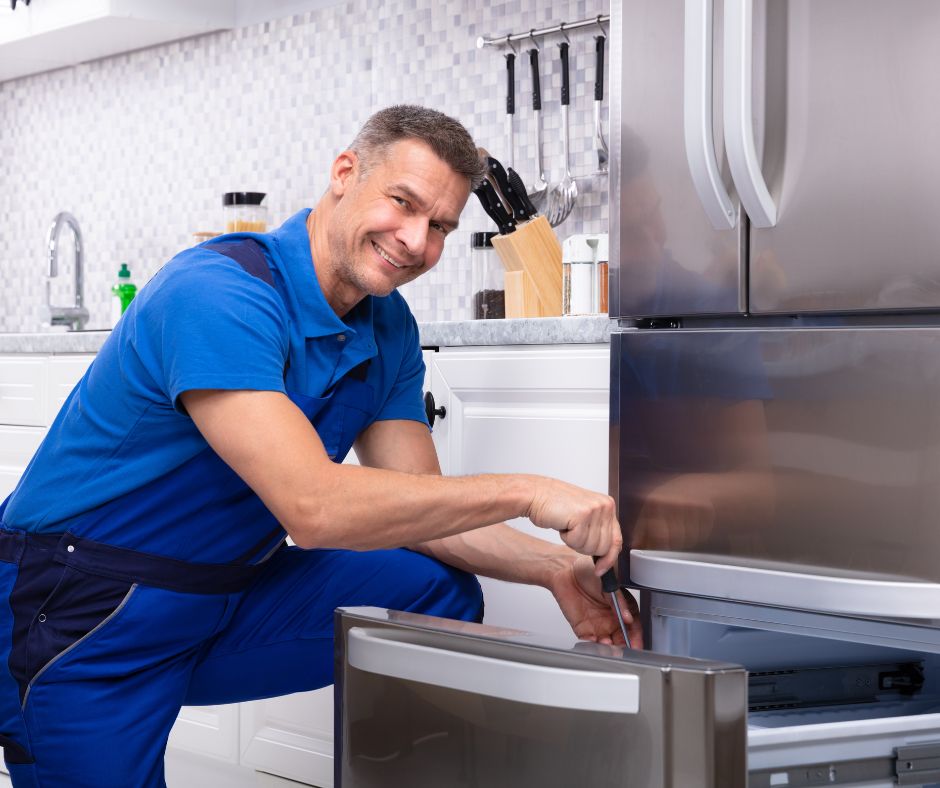
Basic Fridge and Freezer Facts
- Refrigerators and freezers are made up of two basic components, an evaporator coil, and a condenser coil. Liquid coolant that is circulated through the coils is pushed through by a compressor and motor.
- First, the refrigerant liquid is cooled in the condenser, and it is moved to the evaporator. Once at the evaporator, the air that is in your refrigerator is cooled by contact with the liquid-filled coil.
- The coil is outside of the unit for condensers located in a freezer or refrigerator. In the evaporator is the coil on the inside. Coolant is then circulated through the system by a compressor.
Following along? Here are some tips to read over before you get started.
Repair Tips
The first step is to look up your refrigerator repair by model number. This will help determine the parts you may need to fix your refrigerator.
Refrigerator Door Repair - When your refrigerator gasket becomes hard and cracked, the seal is broken, and its efficiency drops significantly. Did you know you can test your door gasket for leaks? Place a piece of paper between the gasket, the door jamb, and then close the door. Pull on the paper, and if the paper does not slide out easily, chances are the gasket fits right. But if the paper falls out, the gasket could be faulty and need to be replaced. Furthermore, test it in several places of the door closure to be sure.
Service Door Hinges - If the door on your refrigerator won’t shut tightly, tip the refrigerator slightly back by propping up the front of the appliance by unscrewing the front leveling legs. Experiment with this until the door stays closed.
Internal Component Repair - Some internal components in the refrigerator are easy to repair. That said, some should only be serviced by a professional.
Defrost Timer Repair - If your compressor is not running, it’s likely that the defrost timer is malfunctioning. This part of your refrigerator is located near the compressor.
- Unplug the refrigerator before you begin anything.
- Disconnect the wires from the timer motor and the timer. Remove the timer from the brackets holding it back by removing the two remaining screws.
- Here is where it gets a bit more complicated. Test the defrost timer with a multi-tester set to the “RX1” scale. Clip the tester to the defrost timer and turn the timer control until it clicks. If the defrost timer is working, the meter will read 0. If the needle moves and the defrost timer is not working, it should be replaced with one of the same model.
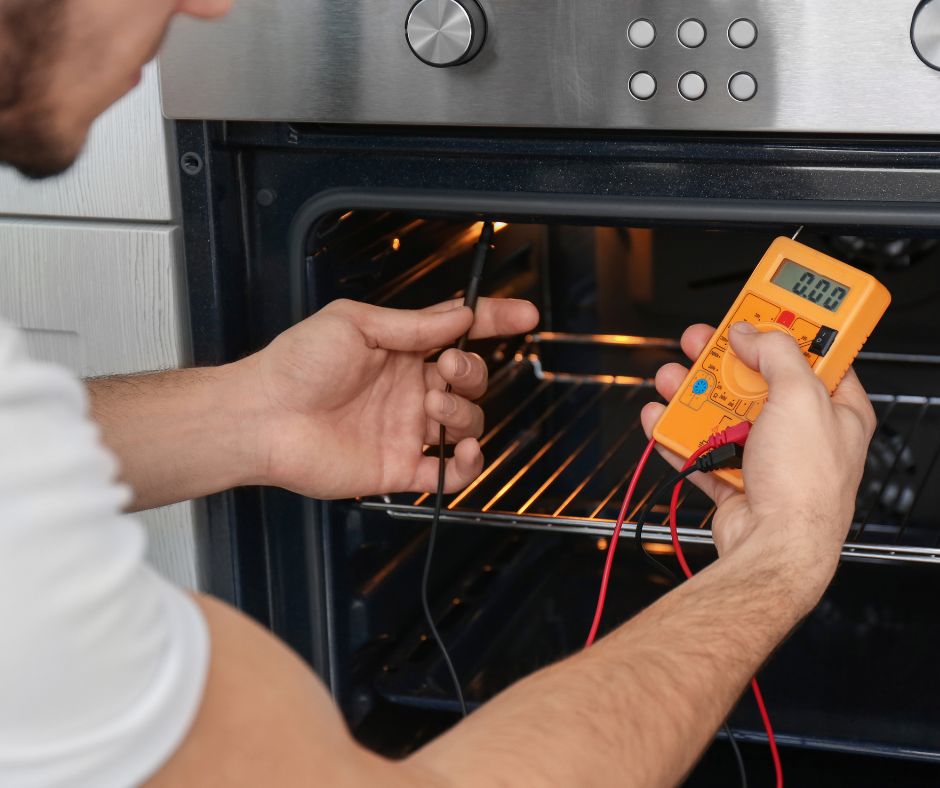
Everyday Appliances: Oven & Stove Repair
Electric and gas ranges and ovens operate simply for the most part. They are designed to be quickly disassembled. Most malfunctions that you’ll have with your gas range are due to the supply of gas in the burners of your oven. Then Electric ranges malfunction mainly due to a faulty heating element.
Before starting any kind of work, unplug your appliance. Also, close the gas supply valve to the unit’s gas supply.
When Your Oven Won’t Start
Fuses - Ovens have internal fuses and wiring, which can cause a fuse to blow.
- Refer to your owner’s manual to identify which fuses you need to inspect. Most ovens have multiple fuses that control different functions.
- Remove the fuse once you have figured out which one to fix. Visually inspect it. When looking, if the fusible link is intact, the fuse is still good. If the link is not intact, you will need to replace the fuse or call a professional to get the replacement done for you.
Broil Element - Broil elements are found at the top of the oven and produce very high heat. This is another part of your oven that you can check out visually to see if it needs to be repaired.
- Start by removing the back panel and find the terminals for the broiling element. Look at the terminals to see if they have been overheated or damaged.
- To test your heating element, disconnect the terminals, remove the element, and set the multimeter to Rx1.
- Touch the probe of the multimeter to the element’s terminal, and it should read between 19 and 115 ohms.
Then, Bake Elements, Surface Burner Elements, Temperature Sensors, Infinite Switch, and Electronic Control Boards are other parts of your oven that can be checked to see why it’s not turning on.
Little or No Heat When Baking
If your electric oven isn’t heating or has little heat when baking, it could be something as simple as a power surge that could cause your breaker to trip.
Reason 1: Locate your breaker box, find the switch labeled ‘oven,’ switch it to the off position, and then back on. If you see that the switch is between the Off/On position, the breaker tripped. This should fix the problem, but if it doesn’t, call a professional.
Reason 2: Check the position of the stove and oven knobs because, during cleaning, they can get moved. Make sure each knob is in the correct position, and if you’re unsure, check your owner’s manual.
Reason 3: If your oven has a self-cleaning feature, sometimes the lock on the door can get positioned into the lock position, and it could keep the oven door from closing all the way. This allows hot air to come out of the oven and slow the cooking process.
Reason 4: Another reason for your oven not heating correctly could be due to your oven heating element. You don’t need an electrician to replace a heating element, so the first thing you can do is test the heating element by turning on the oven to 400 degrees Fahrenheit, and if you notice the rod at the bottom of the oven doesn’t start to glow red, it should be replaced.
Reason 5: If your stove’s burners come on, but your oven isn’t heating, it could be because of a faulty or dirty igniter. So, first check your manual to determine where your ignitor is. If you don’t feel comfortable replacing this part, you can always call Atlanta Appliance Services.
Reason 6: Both electric and gas stoves have a temperature sensor which is in a thin tube, a few inches long, at the top of the oven in the back. If this sensor was moving during cleaning and is now touching somewhere else, it will result in erratic cooking temperatures. Therefore, if you notice the sensor is moved, gently move the sensor away from the wall. If this doesn’t work, it may need to be replaced.
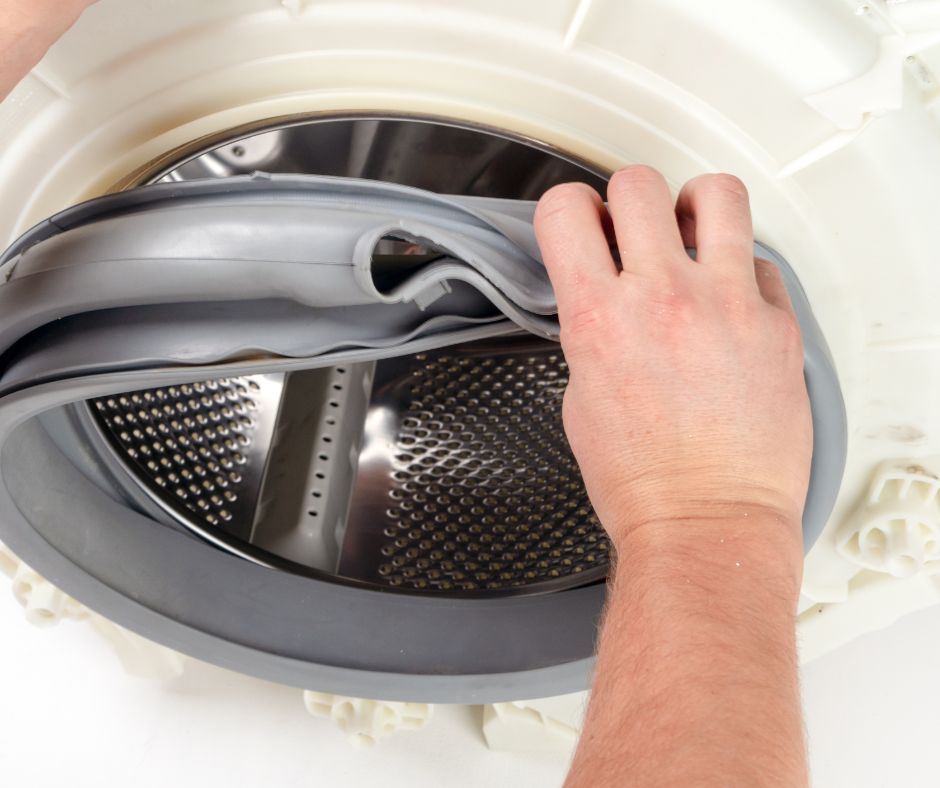
Everyday Appliances: Washing Machine Repair
Below are a few washing machines problems and how to simply fix them.
Grinding Noise - Look in your owner’s manual to find the snap retainers. Pop the snap retainers off with a screwdriver and pull the pump off the motor shaft. The next thing you’ll do is disconnect the electrical connectors off the motor.
Then, take the bottom retainer off the motor and prop up the motor while you pop off the top of the retainer. Pry open the broken pieces from the motor and transmission. Tap the new coupler into its place with a rubber hammer.
Too much bother? Call a professional to help.
Draining Problems:
- Remove the hose that goes from your tub to the pump and check for stuck socks - yes, that’s where they disappear.
- Next, run a coat hanger through the tube and pull out any stuck objects.
- Check the pump for broken blades by shaking it.
- Rotate the pump to make sure it spins freely.
- Check for melted or burned sections.
- Replace these parts if they are damaged.
Slow Fill or No Fill - If your washing machine isn’t filling, fills slowly, or not at all, try to clean the inlet screens that are on the water valve. But as always, you can count on Atlanta Appliance Service to fix this for you if you don’t want to fix it yourself.
Won’t Spin or Agitate - If the washing machine fills with water and then doesn’t start the next steps of the washing process, it could be because of a broken lid switch.
Everyday Appliances: Dryer Repair
Below you can learn a few of the top dryer problems and their quick fixes.
Dryer Making Noise - If your dryer makes rumbling and thumping sounds, it’s most likely a worn-out drum support roller. Replace all of them and if the noise continues, replace the tension roller. Because it takes longer to disassemble the dryer than to actually replace the rollers and belts, Atlanta Appliance Services recommends replacing both at the same time.
Dryer Won’t Heat - The first thing to check is your dryer’s airflow by checking the lint because it can get clogged without proper airflow.
You can also check the radiant sensor and the igniter. If they pass the test, you can have the gas valve coils replaced. To replace them yourself, you must remove the retaining plate and unplug the sensors while pulling them off the gas valve.
The Dryer Doesn’t Rotate - This issue could be because of a broken belt.
To replace the belt:
- Remove the front cabinet panel and lift up the panel and the entire drum out of the cabinet.
- Suck out all the lint with a vacuum.
- Spin the tensioner roller by hand to see if it starts running smoothly and examine it for cracks.
Contact Atlanta Appliance Services for Everyday Appliances Repair
Need everyday appliances repaired? No problem! Atlanta Appliance Services strives to provide the best customer service to their customers in Loganville, GA, and surrounding cities. Their technicians have the proper training and knowledge that will get the job done. Contact them today to get on the schedule!

